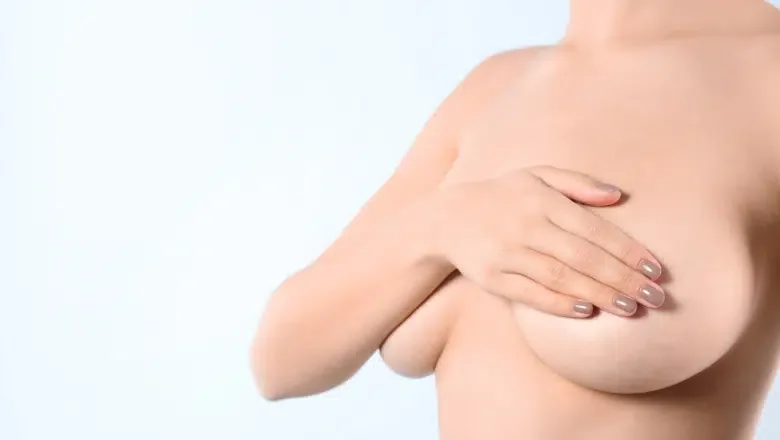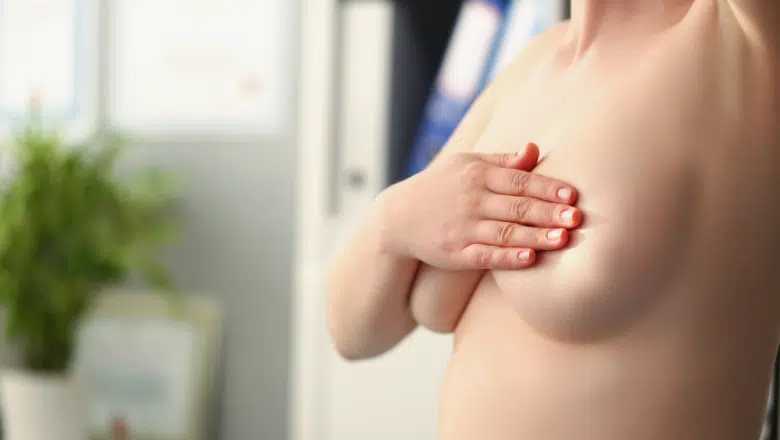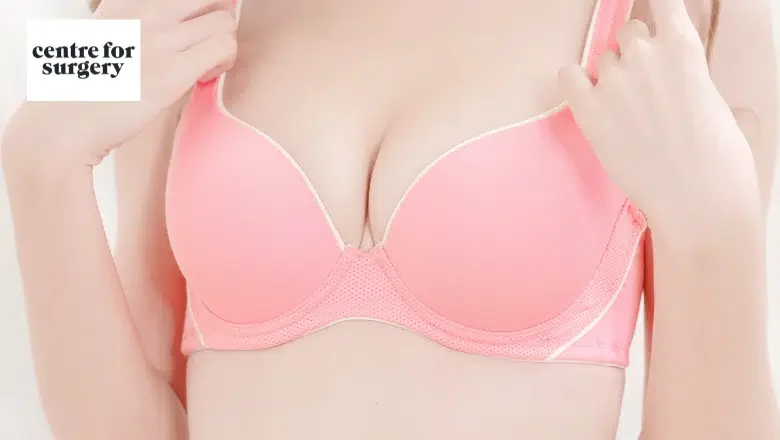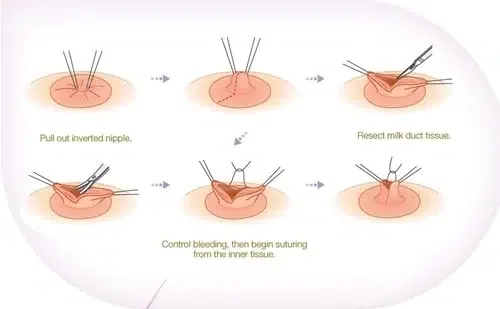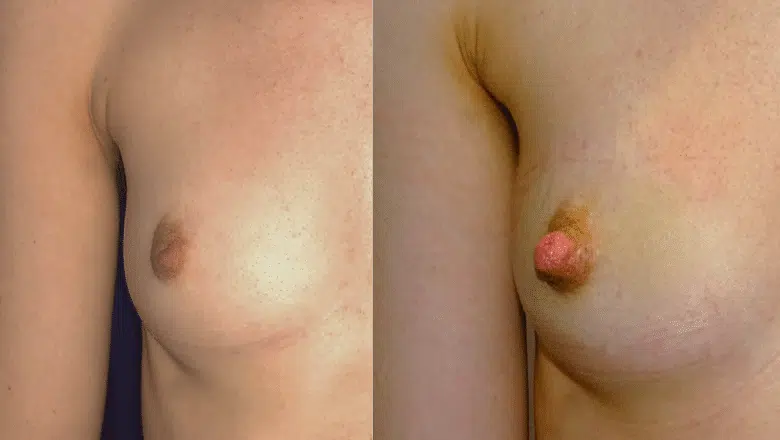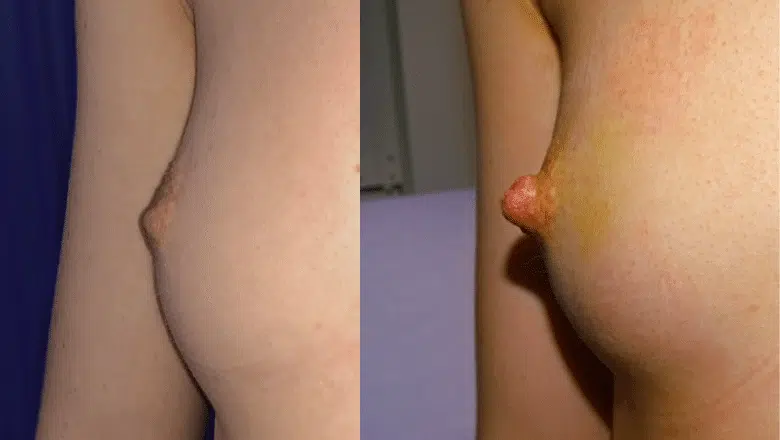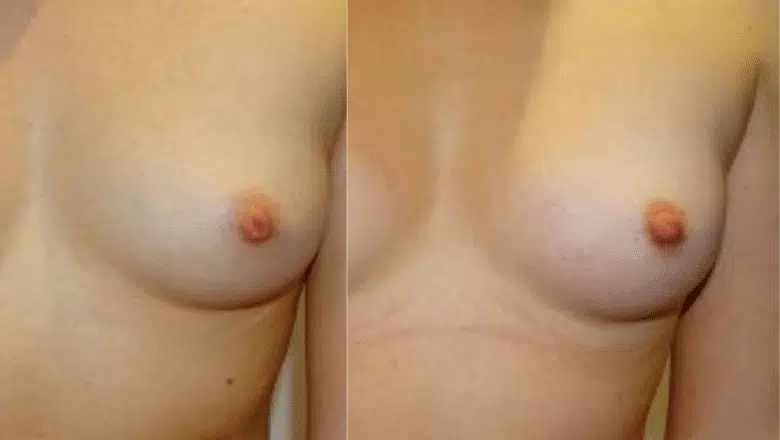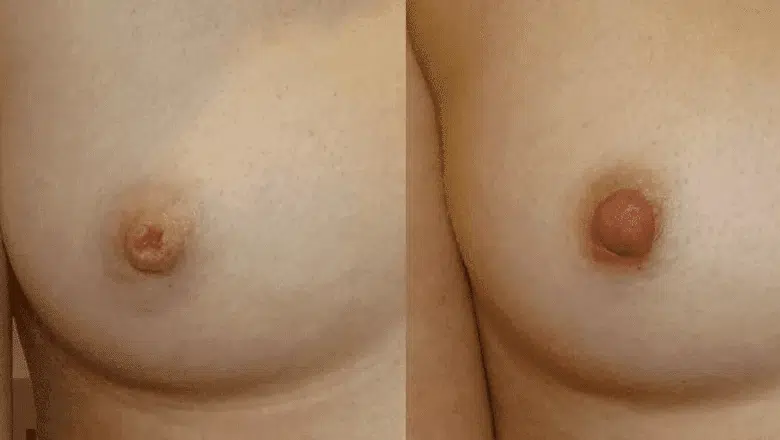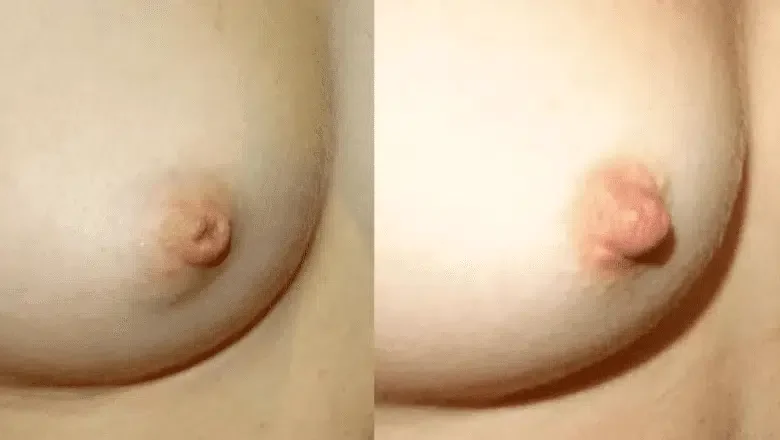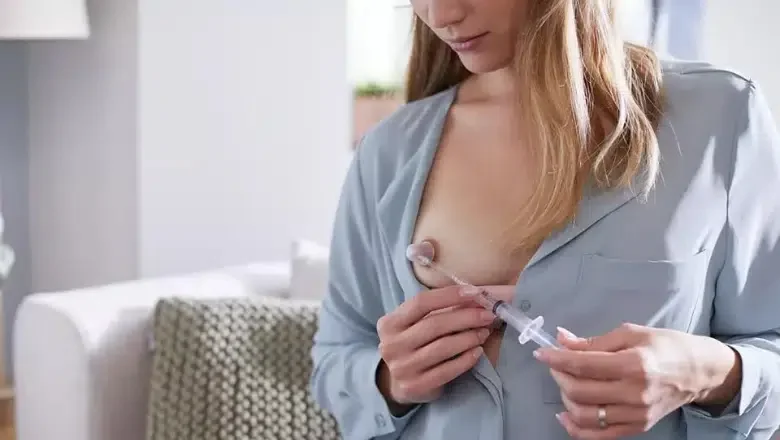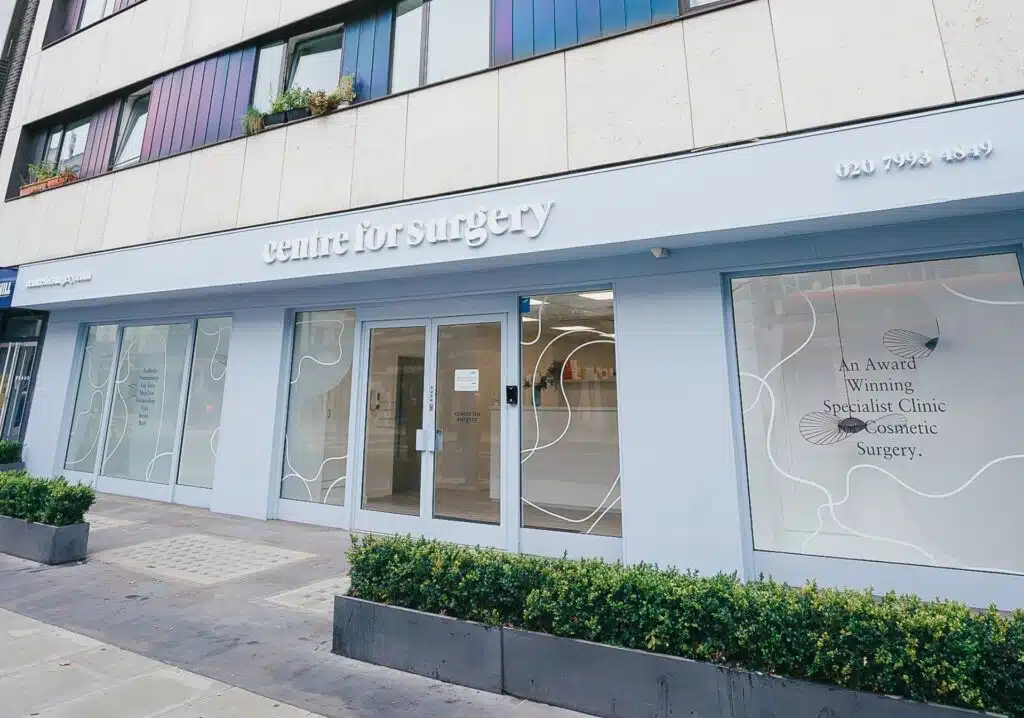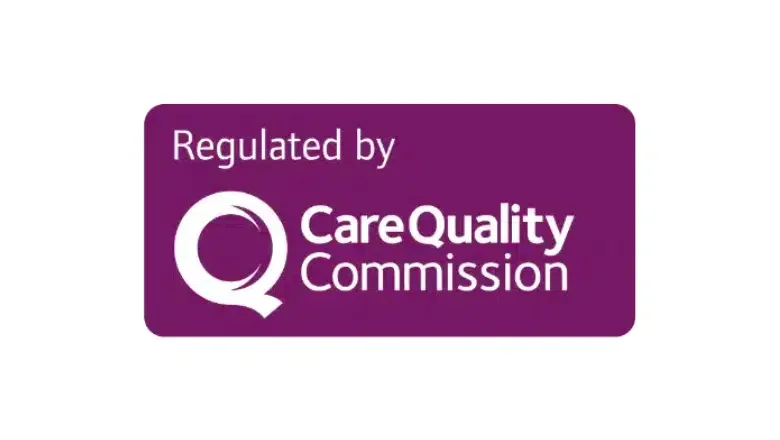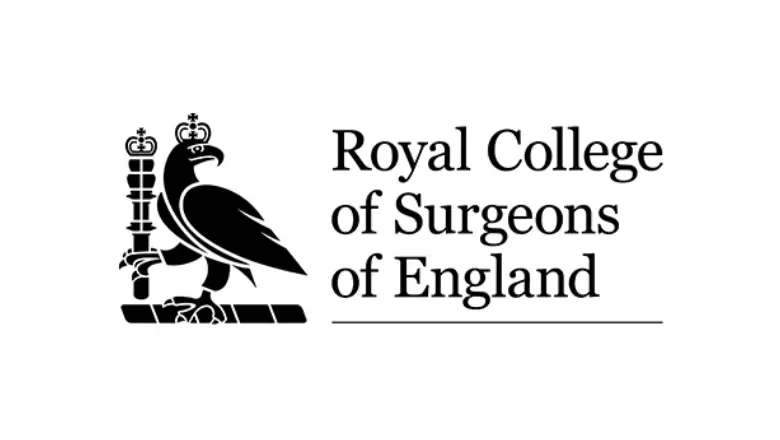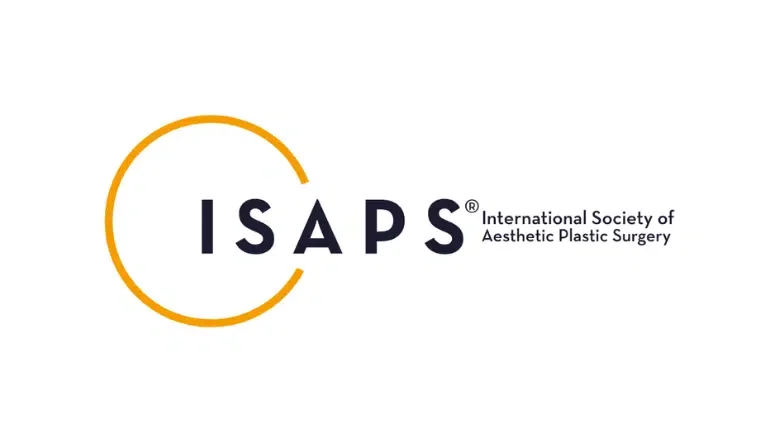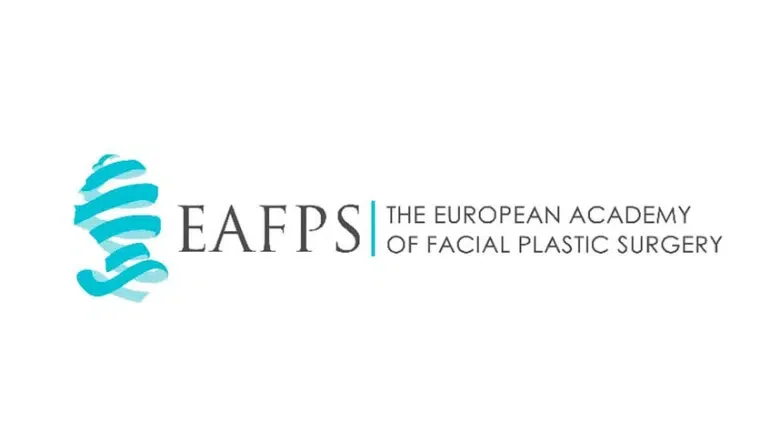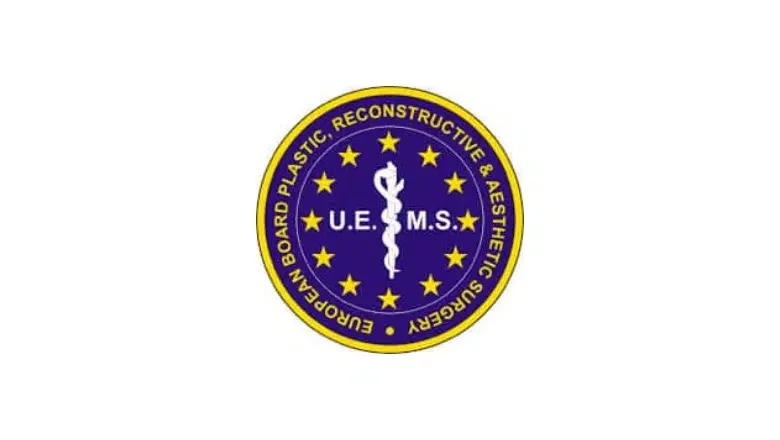In today’s society, where the acceptance of every aspect of our individuality is increasingly celebrated, there remains one topic that is often left undiscussed: the phenomenon of inverted nipples. This subject, despite its relative obscurity in public conversations, touches on an aspect of body image that many individuals find themselves silently grappling with. Why do inverted nipples occur, and why does this topic remain somewhat of a taboo?
RELATED: Nipple Correction and Areola Surgery – Everything You Need to Know
The journey towards body positivity has made significant strides in recent years, encouraging an open embrace of diverse body types and conditions. However, the issue of inverted nipples seems to skirt the edges of these discussions, despite its surprising prevalence. Studies suggest that a notable portion of the population, ranging from 10% to 20%, experiences feelings of self-consciousness due to this very condition. This statistic illuminates the reality that inverted nipples are not an uncommon concern, yet it remains shrouded in silence for many.
But the question arises: Can inverted nipples be effectively treated?
At the Centre for Surgery, we have a rich history of performing breast surgeries, encompassing a wide array of nipple-related issues. Our extensive experience has equipped us with the knowledge and skills to address and rectify concerns regarding inverted nipples. Our primary ambition is to empower our clients, enabling them to feel a renewed sense of confidence and comfort in their own skin.
This article aims to delve into the origins of inverted nipples, exploring the root causes behind their development. We will also shed light on the various treatment options available for those seeking correction, providing insights and guidance on how to approach this sensitive topic. Our objective is not only to inform but also to encourage a dialogue that contributes to the ongoing journey towards total body acceptance and positivity. Join us as we navigate through the complexities of inverted nipples, offering understanding, solutions, and support to those affected by this condition.
What are Inverted Nipples?
The condition of inverted nipples, where the nipples retract into the breast rather than protrude outward, is a unique physical characteristic that can affect both men and women, and may involve one or both nipples. This condition transcends simple aesthetic concerns, touching upon various aspects of physical and emotional well-being. Understanding the nuances of inverted nipples, including their classification, potential health implications, and emotional impact, is crucial for fostering a supportive and informed dialogue on the subject.
Inverted nipples are categorised into three distinct grades, which are determined by the degree of inversion and the mobility of the nipple:
- Grade 1: The nipple can be easily drawn out to maintain its projection. This level indicates minimal inversion and generally does not interfere with breast function.
- Grade 2: The nipple can still be pulled out, though with more difficulty compared to Grade 1. This indicates a moderate level of inversion.
- Grade 3: At this grade, the nipple cannot be drawn out, even with pinching or stimulation. This represents a severe level of inversion and may have more significant implications.
RELATED: The 3 Grades Of Inverted Nipples
For those with Grade 1 or Grade 2 inverted nipples, the condition is often a benign variation of breast anatomy. However, Grade 3 inverted nipples may present physical challenges and, in some cases, could be indicative of underlying health concerns.
Breastfeeding, for instance, may pose challenges for individuals with inverted nipples, particularly if the nipple cannot be everted through stimulation or suction. While many women with this condition successfully breastfeed, some may find it more challenging to achieve a proper latch with their baby.
Beyond the physical aspects, the presence of inverted nipples can have a profound emotional and psychological impact. Feelings of self-consciousness, embarrassment, and anxiety are not uncommon, especially in situations involving intimacy or social exposure. The concern over one’s capability to breastfeed can also contribute to feelings of inadequacy or distress.
The underlying causes of inverted nipples are varied, ranging from genetic predispositions to changes in breast anatomy over time. It is important to note that sudden alterations in the appearance of the nipples or breasts, such as changes in shape, size, or texture, could signify more serious health issues, including breast diseases or cancer.
Causes of Inverted Nipples: From Birth to Later Life
The phenomenon of inverted nipples is a condition that can present itself from birth or develop later in life, affecting a significant portion of the population. Understanding the diverse causes behind inverted nipples is essential for demystifying this condition and encouraging individuals to approach it with knowledge and confidence. This comprehensive exploration aims to shed light on the various factors that can lead to the development of inverted nipples, spanning from genetic predispositions to environmental influences.
Congenital Nipple Inversion: A substantial number of cases of inverted nipples are congenital, meaning individuals are born with them. This condition can be attributed to several genetic factors, such as tighter connective tissue surrounding the nipple or milk ducts that are shorter than usual. These anatomical variations can cause the nipples to retract inward from birth.
Hormonal Shifts: The body’s hormonal landscape plays a pivotal role in the development and changes in breast and nipple anatomy. Significant hormonal shifts, such as those experienced during puberty, pregnancy, or menopause, can lead to changes in the breast tissue and nipples, potentially resulting in inversion.
Mastitis: Infection or inflammation of the breast, known as mastitis, can lead to the development of an abscess or blockage in the mammary ducts. Such conditions can cause the nipples to become inverted or flattened, as the underlying structures are affected by the infection.
Nipple Trauma: Physical trauma to the nipple, whether through surgical procedures, accidents, or even the act of breastfeeding, can alter the anatomy of the nipple. These changes can sometimes lead to inversion as the nipple’s normal protrusion is impacted by scar tissue or other alterations.
Benign Breast Disease: Inverted nipples can also be a symptom of benign breast disease, a condition characterized by the potential for developing noncancerous lumps within the breast tissue. This condition can influence the structure of the breast and nipples, leading to inversion.
Breast Cancer: In some cases, inverted nipples may signal the presence of breast cancer. If a tumour invades a milk duct near the nipple, it can cause the nipple to flatten or invert as cancer affects the surrounding tissue.
Paget’s Disease of the Breast: This rare form of breast cancer presents symptoms that can include a rash, inflammation, or an inverted nipple, often misdiagnosed as eczema initially. Paget’s disease affects the skin of the nipple and areola and can lead to nipple inversion.
Diagnosis of Inverted Nipples: Understanding the Process
When facing the concern of inverted nipples, distinguishing between normal variations and those warranting medical attention is key. The journey towards diagnosis is both thorough and considerate, aiming to address any underlying health concerns while also acknowledging the personal significance of this condition. This detailed guide aims to illuminate the steps involved in diagnosing inverted nipples, offering insight into what individuals can expect during the process.
Initial Physical Examination: The diagnostic process typically begins with a comprehensive physical examination. During this initial assessment, a healthcare provider will closely examine the affected area, observing the nipple’s response to various stimuli such as cold temperatures or physical manipulation. This step is crucial for evaluating the physical characteristics of the nipple inversion and for identifying any accompanying symptoms that might suggest underlying health issues, such as lumps, bumps, or signs of infection.
Medical History Review: Alongside the physical examination, discussing your medical history with your doctor plays a pivotal role. This conversation may cover a wide range of topics, including any recent changes in breast appearance, your overall health status, medications, and any relevant family history of breast cancer. This comprehensive overview helps in forming a clearer picture of the potential factors contributing to nipple inversion.
Diagnostic Tests: To further investigate the causes of inverted nipples and to rule out any underlying conditions, your doctor may recommend one or more diagnostic tests, including:
- Mammogram: An X-ray examination of the breast, particularly crucial for women over the age of 40 or those with a family history of breast cancer, to detect any abnormal growths or changes.
- Breast Ultrasound: This imaging technique utilizes high-frequency sound waves to generate detailed images of the breast tissue, offering valuable insights, especially in cases of dense breast tissue.
- MRI (Magnetic Resonance Imaging): An advanced imaging test that employs magnetic fields and radio waves to create comprehensive images of the internal structures of the breasts, aiding in the detection of abnormalities.
- Needle Biopsy: In situations where further analysis is required, a needle biopsy may be performed. This procedure involves the extraction of cells, tissue, or fluid from the breast using a thin needle, allowing for detailed examination and diagnosis of any irregularities.
For individuals where the inversion of nipples poses no health risk and is primarily a cosmetic concern or related to potential future breastfeeding difficulties, there are effective solutions available. These options are designed to address the aesthetic aspects of nipple inversion or to prepare for breastfeeding, ensuring that individuals have access to both the information and the means to make informed decisions about their bodies.
Addressing Inverted Nipples: Surgical and Non-Surgical Solutions
Inverted nipples, a condition affecting many individuals worldwide, can be a source of concern for both aesthetic and functional reasons, such as breastfeeding difficulties. Fortunately, there are various approaches to correct this condition, ranging from surgical interventions to non-invasive techniques. This comprehensive guide explores the options available for those seeking to correct inverted nipples, highlighting the effectiveness and suitability of each method.
Inverted Nipple Surgery
A definitive solution for inverted nipples is inverted nipple correction. This procedure is typically carried out on an outpatient basis and can be performed under either local or general anaesthesia, depending on the individual’s preference and the surgeon’s recommendation. The surgical technique involves making a small, discreet incision along the lower edge of the nipple. This access point allows the surgeon to carefully lift the nipple, release the fibrous tissues causing the inversion, and then secure the nipple in its corrected position with strategic stitches. These stitches are placed both vertically and horizontally to ensure the nipple maintains its newfound projection. The entire process usually takes about an hour, unless it is combined with additional procedures such as breast augmentation or a breast lift.
RELATED: Cosmetic Breast Surgery and Your Nipples
Non-Surgical Devices
For those hesitant about undergoing surgery or seeking temporary solutions, several non-surgical devices can offer assistance. Nipple shields and suction devices are among the most commonly used tools for this purpose.
- Nipple Shields: Primarily used during breastfeeding, nipple shields are designed to cover the nipple and areola. They provide a firm surface for the baby to latch onto, which can help draw out the nipple over time. This method is particularly beneficial for new mothers facing immediate breastfeeding challenges due to inverted nipples.
- Suction Devices: These devices work by gently pulling the nipple outward, encouraging it to protrude. Regular use of suction devices can lead to a gradual, yet temporary, correction of nipple inversion. Although less invasive, the effectiveness of these devices varies, and the results are often not as permanent as those achieved through surgery.
RELATED: How to Treat an Inverted Nipple Without Surgery
While non-surgical methods are less invasive and carry fewer risks than surgical correction, they typically offer temporary solutions and may not be as effective for long-term correction of inverted nipples. These approaches are best suited for individuals looking for immediate but temporary relief, especially in the context of breastfeeding.
Why Choose Centre for Surgery: Elevating Your Confidence with Expert Care
At Centre for Surgery, we understand the journey towards embracing your body can be filled with questions and uncertainties, especially when it comes to conditions like inverted nipples. Realizing that you’re not alone in this experience is the first step towards addressing it with confidence and empowerment. Whether your concerns are driven by aesthetic desires, breastfeeding functionality, or simple curiosity, we’re here to provide you with a range of effective solutions and the support you need to make informed decisions about your care.
Decades of Expertise in Breast Surgery: Our team of surgeons at Centre for Surgery brings together decades of experience in breast surgeries, including intricate revision procedures. This wealth of experience affords them a deep understanding of breast anatomy and its complexities, ensuring that you receive care that’s not just effective but also tailored to your unique needs and goals.
A Commitment to the Self-Love Revolution: We are passionate advocates for the self-love revolution, believing firmly in the power of embracing and celebrating one’s body. Our mission is to support you in your journey towards confidence and self-acceptance, offering advanced surgical and non-surgical options to address inverted nipples and other concerns.
Patient Testimonials:
- “After years of feeling self-conscious, my consultation at Centre for Surgery changed everything. The team was incredibly supportive, and my surgeon was skilled and compassionate. I couldn’t be happier with the results.” – Emily R.
- “Choosing Centre for Surgery for my nipple correction was the best decision I ever made. The care I received was top-notch, and the difference in how I feel about my body is night and day.” – Sarah J.
- “From the moment I walked into the clinic, I felt understood and cared for. The staff and surgeons are exceptional, and I highly recommend them to anyone considering cosmetic surgery.” – Michael D.
Book Your Consultation Today: Ready to take the next step towards feeling confident and empowered in your skin? Book a consultation with one of our expert surgeons at Centre for Surgery. During your consultation, we’ll explore the best options for your specific needs, answer any questions you may have, and guide you through the decision-making process with care and professionalism.
Contact Details:
- Phone: 0207 993 4849
- Email: contact@centreforsurgery.com
- Address: 95-97 Baker Street, London W1U 6RN
For more information about our services, patient experiences, and the range of solutions we offer, we invite you to explore the following resources:
- About Us: Centre for Surgery – Why Us
- Finance Options: Chrysalis Finance
- Plastic Surgery Blog: Centre for Surgery Blog
- Clinic FAQs: Frequently Asked Questions
- Baker Street Clinic: Our Baker Street Location
At Centre for Surgery, we’re dedicated to providing you with exceptional care, tailored to your unique needs. Let us be a part of your journey towards a confident, empowered self.
